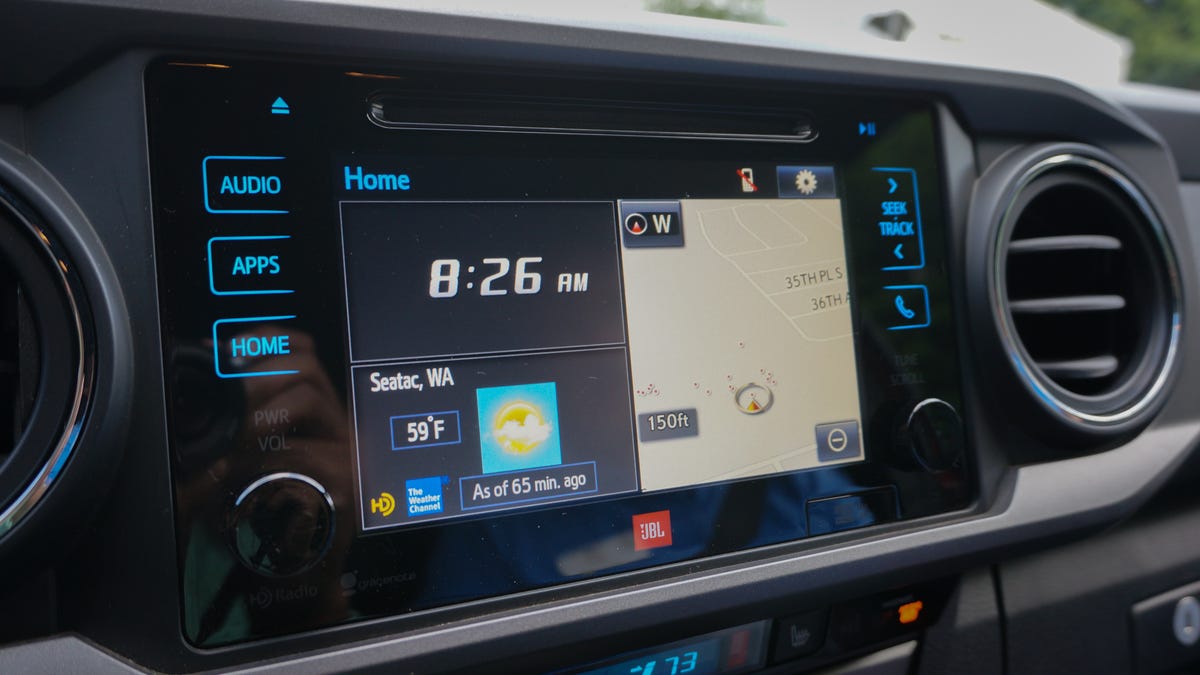Toyota, QNX partner with Ford to challenge Android Auto and Apple CarPlay
Think Google and Apple are destined to take over your next car's dashboard? Not so fast. With Toyota and QNX signing on, Ford's SmartDeviceLink is showing that there's life in built-in infotainment yet.

Entune, Toyota's in-dash infotainment system, is set for an upgrade courtesy of Ford.
It's beginning to become a bit of a foregone conclusion in the minds of many that the dashboard, one of the most important aspects of a car, will soon be controlled not by the vehicle manufacturer but by the driver's smartphone. However, automakers aren't keen to give up that valuable real estate without a fight. Ford in particular has been building up its own platform, SmartDeviceLink, as an industry standard for smartphone connectivity. That standard just got a major boost with the announcement that both Toyota and BlackBerry-owned QNX are adding support.
With either Apple's CarPlay or Google's Android Auto, the driver's smartphone takes over much of the dashboard experience, providing messaging, media and navigation to the car. This not only eliminates the need for pricey in-dash nav upgrades in cars (an important source of revenue for manufacturers), it means that a typically distinctive part of the in-car experience becomes the same regardless of what brand of car you're sitting in. In other words: there's one less reason for a shopper to choose one car over another.
Ford has been positioning its own AppLink as an alternative, spinning off an open-source version called SmartDeviceLink, or SDL. With SDL, software developers can add extensions to their mobile apps enabling them to work in cars, much like they would to add CarPlay or Android Auto compatibility. With Toyota and QNX pledging support, Ford's SDL platform suddenly has far more clout than before. It becomes much more appealing for developers, with the knowledge that any app they extend to work with SDL will not only work in Ford's current cars, but in future machines from Toyota, too.
And there may be more. PSA Peugeot Citroen, Honda, Subaru and Mazda are currently investigating the standard, and while nothing is confirmed, it was just six months ago that Toyota announced its own investigations. So, by the end of 2016, SDL could be in an even better place.
Ford's earlier announcement that CarPlay and Android Auto are coming to its cars this year shows that those platforms have huge momentum. But, with SDL becoming a proper standard, auto manufacturers have another weapon to fight back and build better integrated infotainment systems -- systems that work well on their own and only get better when you plug in a smartphone.

